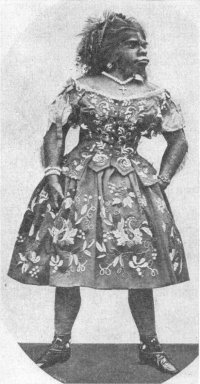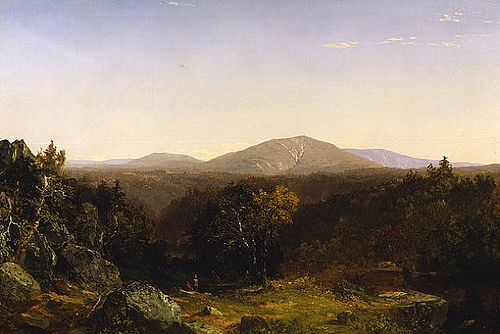From Henry Dudeney:
Here is a little military puzzle that may not give you a moment’s difficulty. It is such a simple question that a child can understand it and no knowledge of artillery is required. Yet some of my readers may find themselves perplexed for quite five minutes.
An inventor offered a new large gun to the committee appointed by our government for the consideration of such things. He declared that when once loaded it would fire 60 shots at the rate of a shot a minute. The War Office put it to the test and found that it fired 60 shots an hour, but declined it “as it did not fulfill the promised condition.”
“Absurd,” said the inventor, “for you have shown that it clearly does all that we undertook it should do.”
“Nothing of the sort,” said the experts. “It has failed.”
Can you explain this extraordinary mystery? Was the inventor, or were the experts, right?




